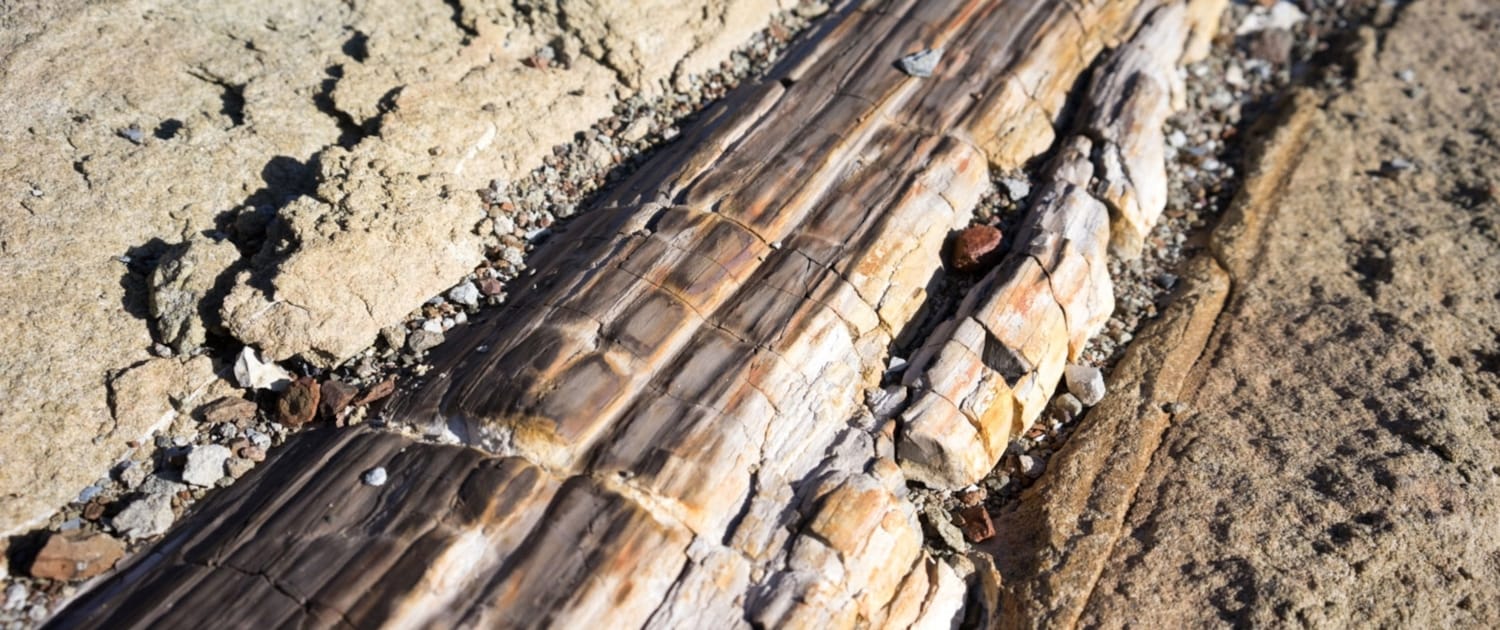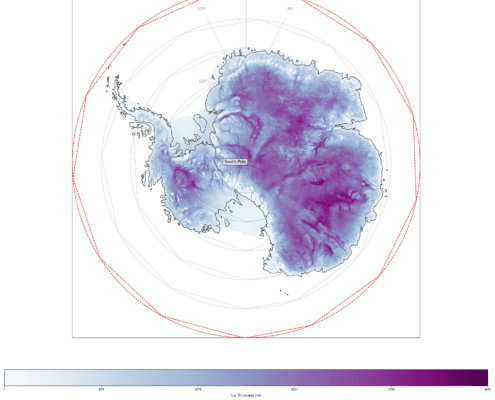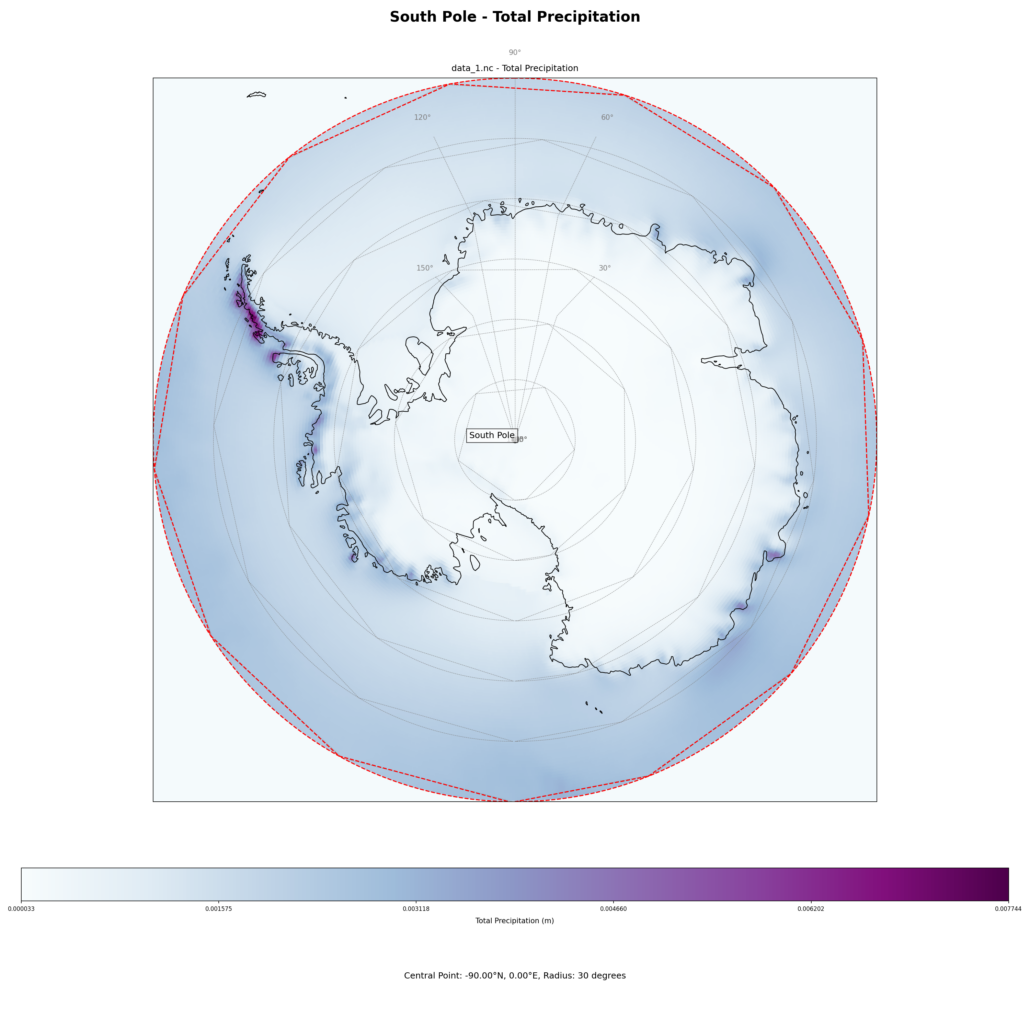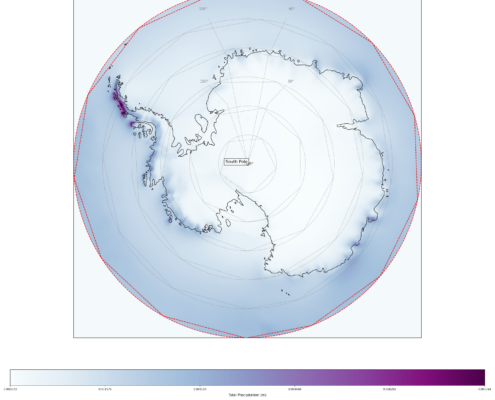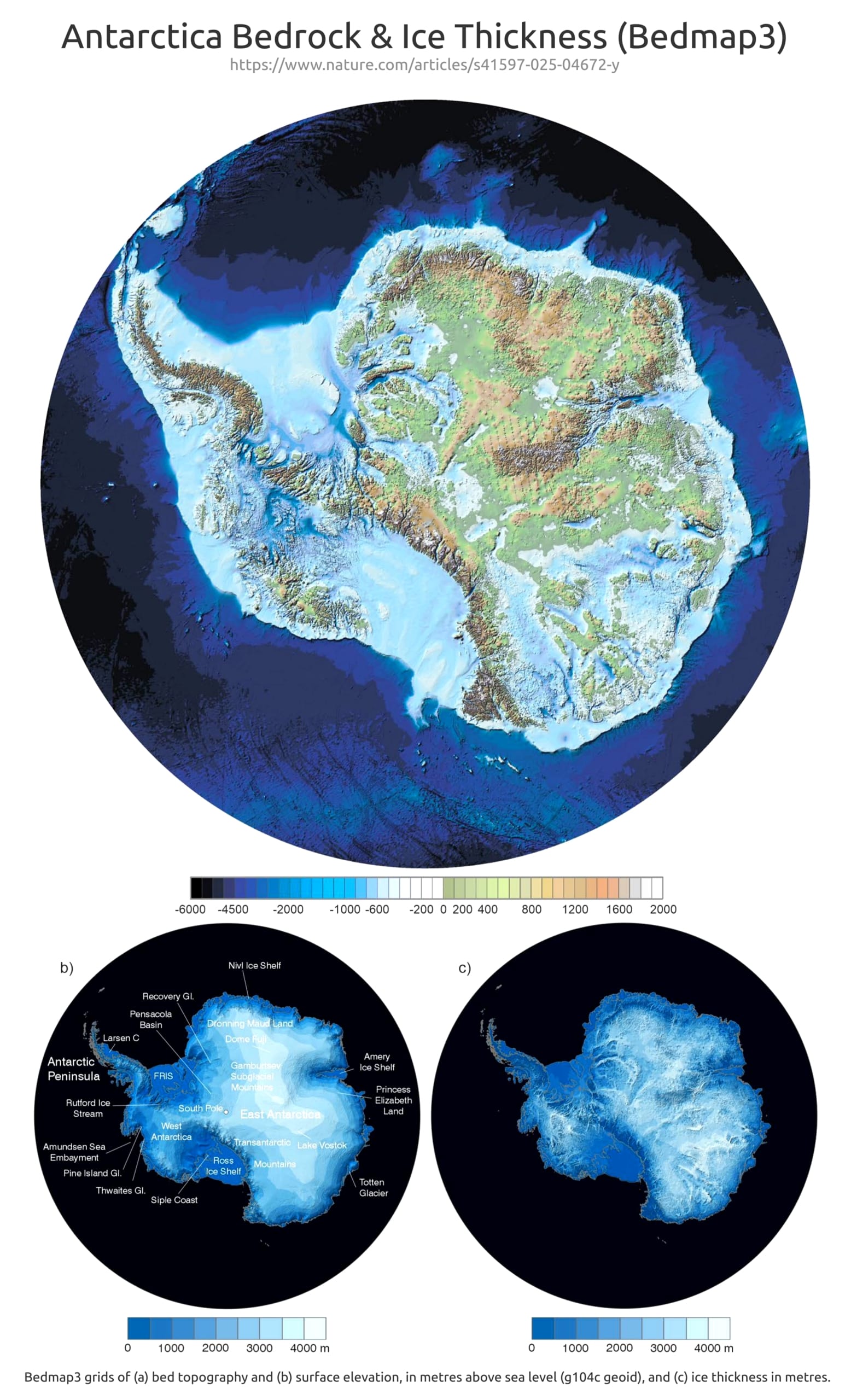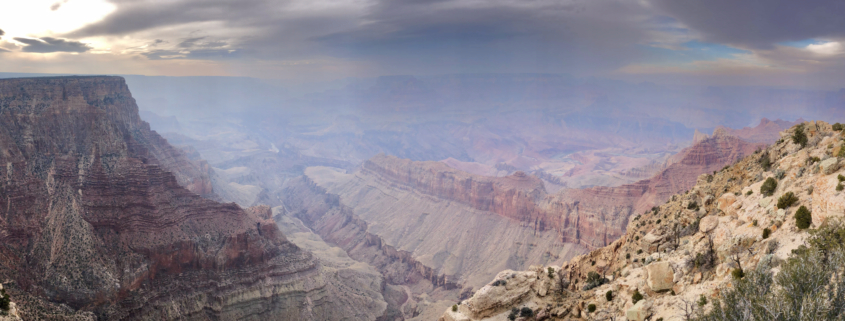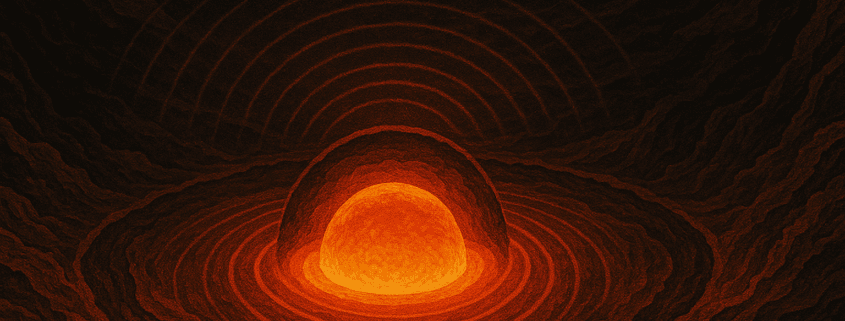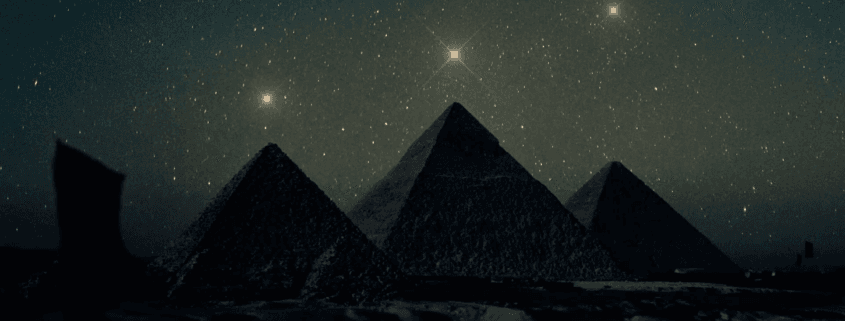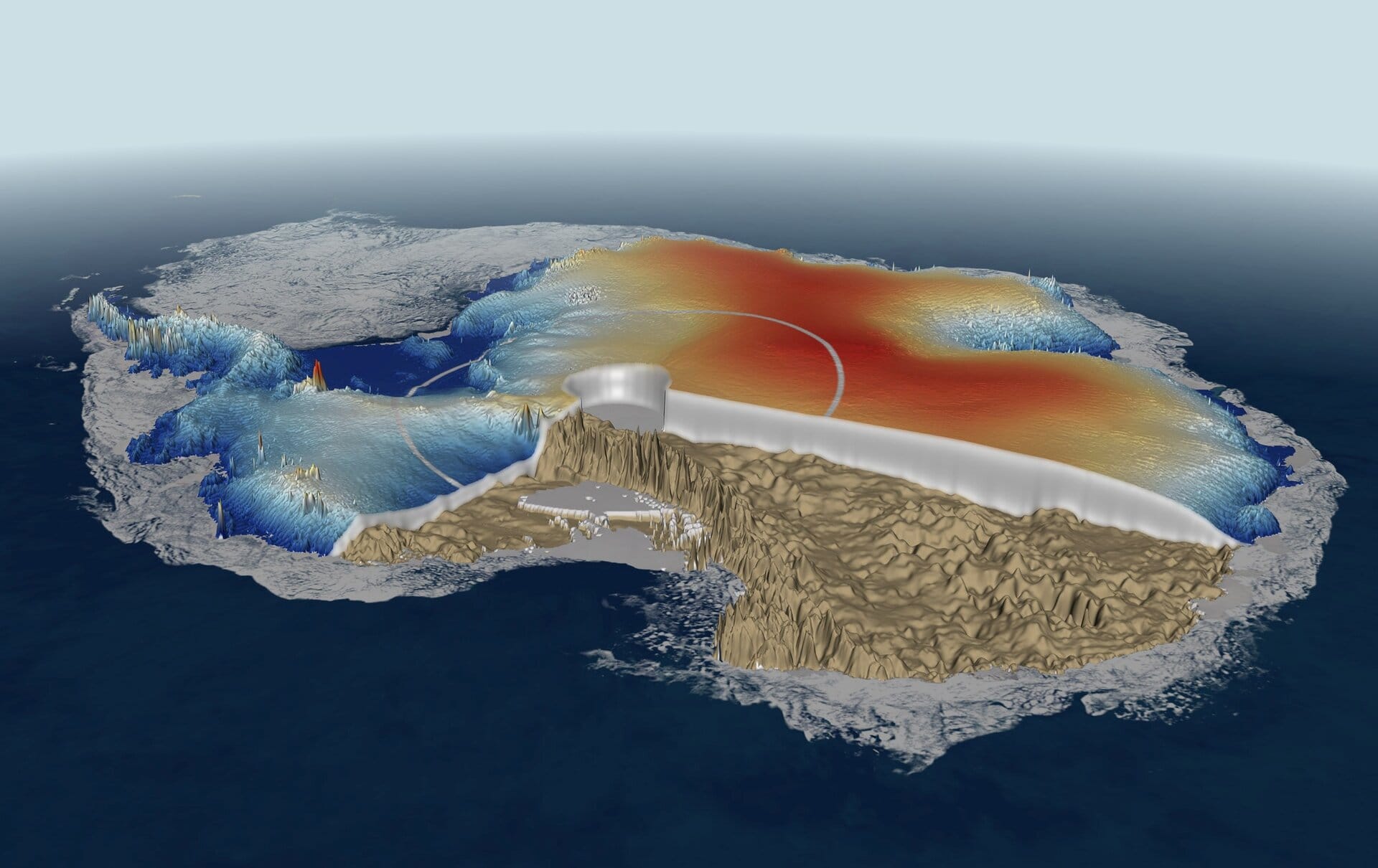 Antarctica today is covered by an ice sheet up to five kilometres thick. It is the coldest place on Earth. It is amazingly the driest desert on Earth, with snow only falling around its wind-blasted boundaries.
Antarctica today is covered by an ice sheet up to five kilometres thick. It is the coldest place on Earth. It is amazingly the driest desert on Earth, with snow only falling around its wind-blasted boundaries.
But Antarctica was not always so cold and remote. Geologist Molly Miller of Vanderbilt University discovered, in the Beardmore Glacier area of Antarctica, the remains of three ancient deciduous forests complete with fossils of fallen leaves scattered around the petrified tree stumps. “These were not scrubby little things,” Miller said. “These were big trees.”
Unlike any trees today, Glossopteris trees lived in stands as thick as almost a thousand per acre, just 20 or 25 degrees from the South Pole, a latitude at which today they would have received no sunlight for half the year. This is powerful evidence that when they grew the Antarctic was in a semi-tropical zone.
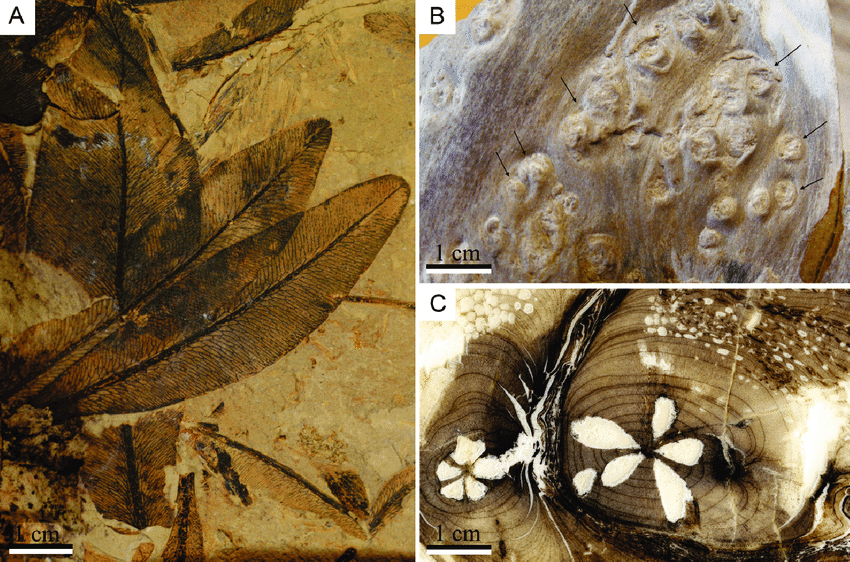
Glossopterid trees from the Late Permian of Antarctica. Source
Miller says they lived at a time when the Antarctic climate was much warmer. Some are estimated to have attained heights of 80 feet (24.4 metres), based on their trunk diameter. Miller, Tim Cully and graduate student Nichole Knepprath came upon the three stands of the lost forests in December 2003.
These trees are alive today but only grow in warm, moist areas such as Queensland, Australia.
When did this fabulous age exist, and more importantly what caused the dramatic change? It must have been a sudden and dramatic change, for there are no intermediate phases with changing vegetation patterns. And how did a five kilometre ice sheet develop inland in Antarctica where there is little snow or precipitation?
These are impossible questions that modern geology struggles to answer. Did continental drift bring Antarctica to the poles or was it a shift in the Earth’s axes that not only caused the death of the tropical rainforests, but placed a massive ice sheet on the continent?
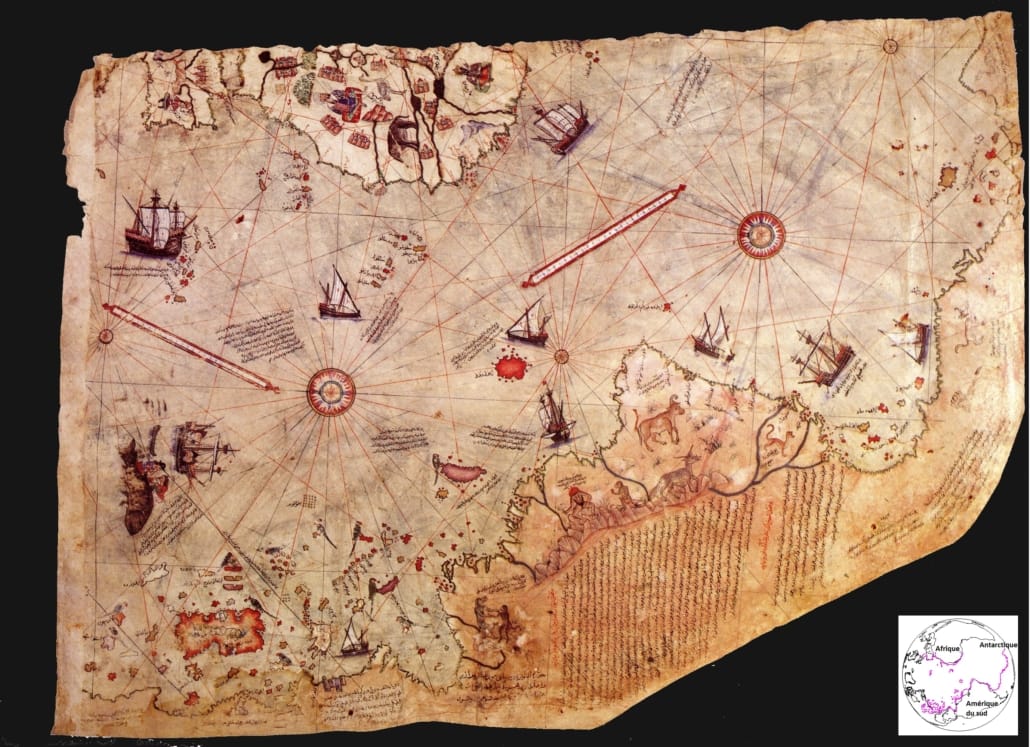
Piri Reis Map
And when did this occur? Classic geology would have you believe this ice sheet to have been in existence for millions of years. Two powerful facts totally contradict this. One is the existence of two ancient maps: the Antarctica Piri Reis map and the Antarctica Oronteus Finaeus map, both hoary with antiquity. Incredibly they show Antarctica ice-free, and these maps are reckoned to have their source in the two-thousand-year-old libraries of ancient Alexandria. This would mean that Antarctica may have been navigable in the not-too-distant past. Perhaps in the time of the pharaohs?
Are these maps believable? Professor Charles Hapgood submitted them to the US Air Force cartography section for evaluation. Lt Colonel Ohlmeyer replied that not only were they accurate but, “this indicates the coastline had been mapped before it was covered by the ice-cap. The ice-cap in this region is now about a mile thick. We have no idea how the data on this map can be reconciled with the supposed state of geographical knowledge of this era.”
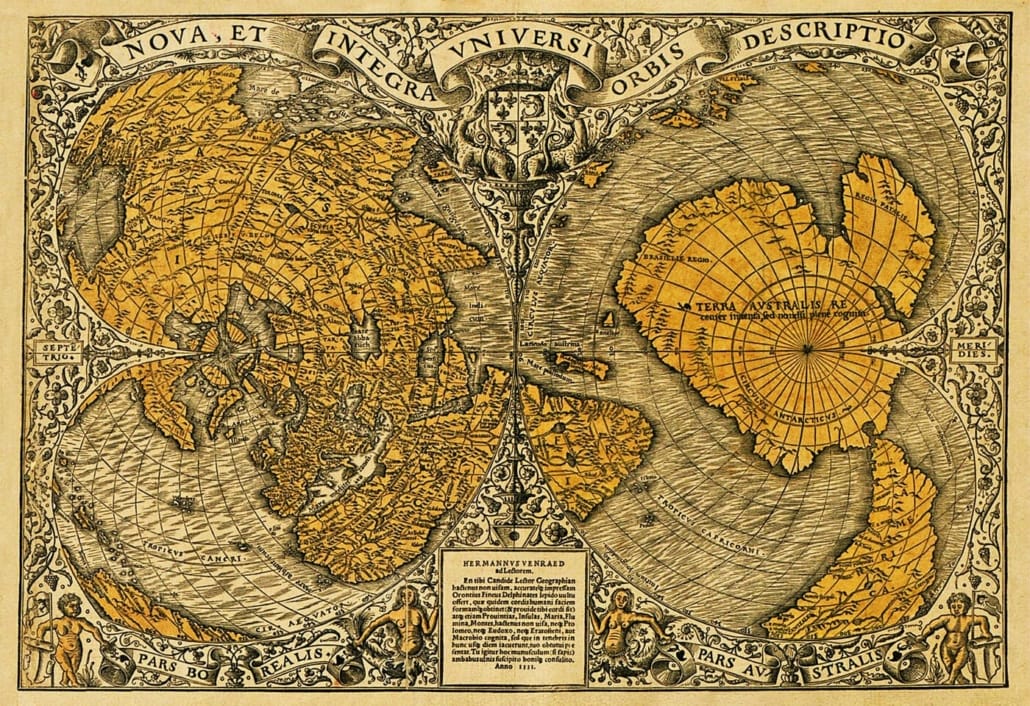
Fineaus Map
We have a second line of evidence for a recent ice-free Antarctica—the controversial ice core experiments. In Greenland and Antarctica are laboratories that bore through the ice to collect data on the layers of ice. In Antarctica there is the Dome C and Vostok stations. In Greenland, the second of the world’s continental ice sheets, there is for example the GISP2 and GRIP. Eventually they hit rock bottom where, in the case of Greenland they hit plant remains. Each layer contains volcanic dust and certain isotopes such as carbon-14 and oxygen-18 that reveal data on the nature of the climate in distant eras.
For instance, it is claimed they clearly show the profile of the medieval warming a thousand years ago when the temperatures of the Earth exceeded those of today. But if each layer represents a year, then Antarctica’s 140,000 layers are not millions of years old, as conventional geology claims. But even more controversially, Charles Ginenthal, in his paper on ice core evidence explained that summer melt and the deposition of thousands of layers during chaotic eras totally falsify the year-per-layer paradigm on which this theory is built. He contends that ocean core and bore hole results contradict the ice core data.
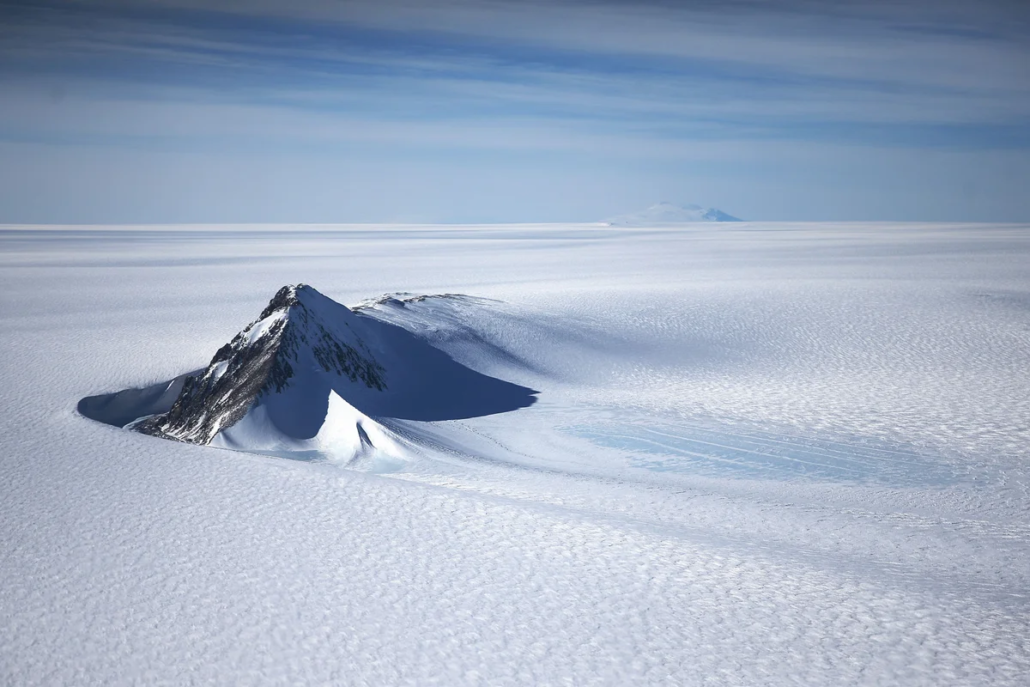 A further controversial contradiction lies in the accepted paradigm that one ice core layer equals one year of snow deposition. This is the basis of all ice core dating. Recently this has been hotly debated. Excavators of the “lost squadron” in Greenland discovered when they dug deep into the ice to recover old World War II planes that the number of layers relative to the number of years equated to around ten times the theoretical annual number. The layers equated to melt lines separating storms, not annual layers. This is a strong argument against equating layers to annual rings. Variance of the isotope oxygen-18 from layer to layer could be the signature of a storm, not an annual separation.
A further controversial contradiction lies in the accepted paradigm that one ice core layer equals one year of snow deposition. This is the basis of all ice core dating. Recently this has been hotly debated. Excavators of the “lost squadron” in Greenland discovered when they dug deep into the ice to recover old World War II planes that the number of layers relative to the number of years equated to around ten times the theoretical annual number. The layers equated to melt lines separating storms, not annual layers. This is a strong argument against equating layers to annual rings. Variance of the isotope oxygen-18 from layer to layer could be the signature of a storm, not an annual separation.
All getting a bit complex? But what it means is the ice sheet is not millions of years old and it also could have been laid down rapidly within a short number of years. This could have happened as recently as six thousand years ago—again at the time of the pharaohs. The rapidity of the event is supported by the fossilisation of the ancient tree forests that Molly Miller discovered.
Fossilisation is a process that usually only occurs in catastrophic circumstances such as comet discharge, extreme mass coronal ejections or disturbed planetary motions, resulting in magnetic field reversal. Could this scenario happen again in the future?
The change that caused the electric fossilisation of the trees probably resulted in a dramatic effect which most likely caused severe climate change.
The classic interpretation that these fossils came from the Permian age is disputed by many revisionist geologists. New laboratory experiments are showing that fossilisation is a rapid process under certain conditions.
Furthermore new evidence is at hand that electric fossilisation is the probable tool of fossilisation and this has generally been ignored.
High voltage electricity either from within the Earth or from cosmogenic effects such as comets, coronal mass ejections, planets in disturbed motion or nebulae interactions from outside the galaxy may be the major cause of petrification and fossilisation. What dies is thus quickly recycled biotically, unless some geological intervention occurs. And this intervention that fossilises is almost always connected to the species’ death.
The fossil record therefore is distorted as to populations of the species and to a lesser degree to the kinds and numbers of species. A fossil is typically an accident, a disaster, an anomaly. This precisely describes the process of electric fossilisation. Little is known about fossilisation, and less is realised.
E.R. Milton describes his examination of a petrified tree trunk in Alberta (Canada).
“The tree was pure clear silica inside; it was coated with a rougher opaque crust of partially fused sand. The tree whose stump was petrified was alive five years ago! After the tree was cut down to accommodate the right of way for a new power transmission line, an accidental break allowed the live high-voltage wire to contact several tree stumps still in the ground. The power was cut off within hours of the break. All of the tree roots which contacted the broken wire were fossilized. Obviously, electricity can metamorphose matter quickly.”
Endnote
1. Alfred de Grazia, The Lately Tortured Earth, Ch.26: Fossil Deposits, Part 6 Biospherics
About the Author
Peter “Mungo” Jupp majored in archaeology at the University of Melbourne and also attended the School of Creative Arts at Melbourne University where he studied filmmaking techniques and production. Jupp has also studied earth sciences, biology, mythology and art at a tertiary level. In earlier years he studied applied chemistry at RMIT, and later lectured in medical imaging at the Sydney University School of Radiology.


